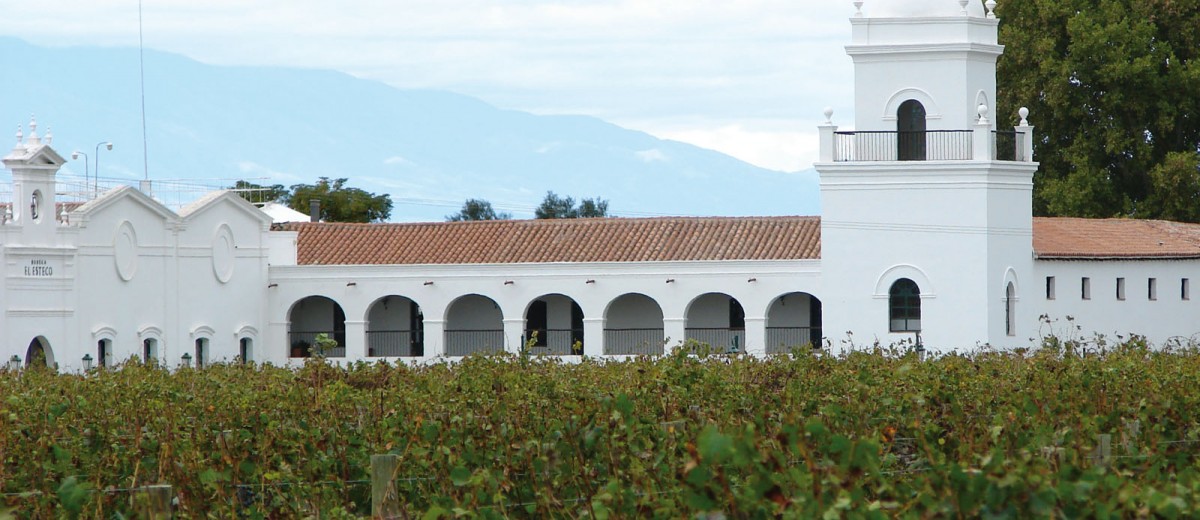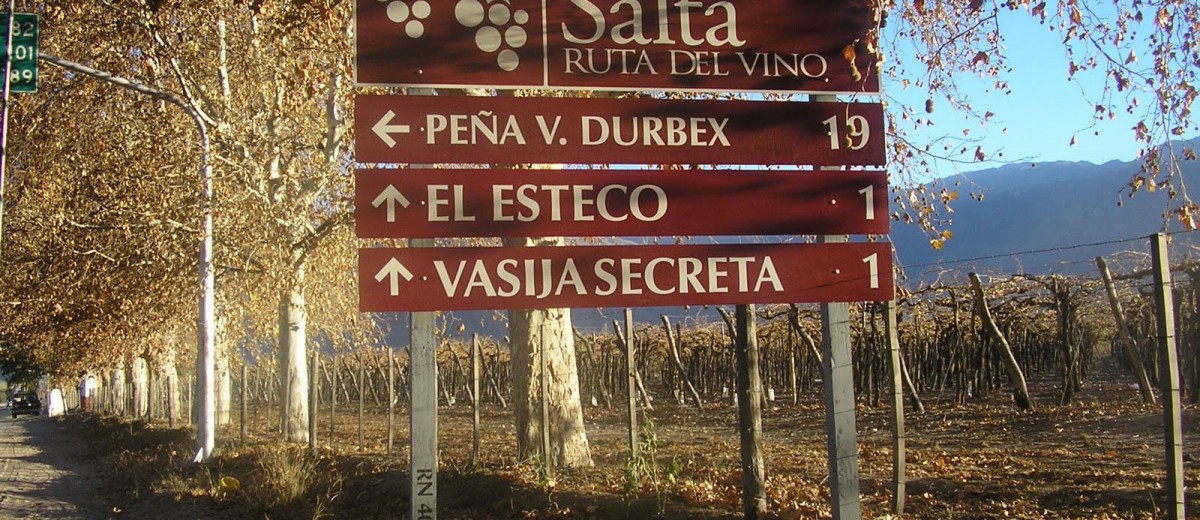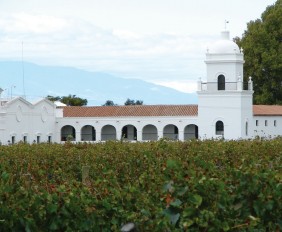There are a lot of wine routes that extend along 8 provinces, from the Andean North to the valleys in Patagonia, all linked by the versatile Route 40.
Here you will get to experience the diversity of flavours and aromas resulting from very different climates, soils, and cultivation cultures. This universe of varieties – Malbec, Torrontés, Syrah, Chardonnay and other varieties of vines – will allow experiencing in every glass the secrets of these lands, its culture and customs.
The Argentine Wine Route was created to offer its visitors a versatile experience, where wine can be appreciated with all your senses. In this way, while travelling along the roads lined by wine making activity a journey of various sensations begins where delicious flavours, aromas, colours, textures and views constantly surprise you. More than 170 wineries and other prestigious companies associated with wine tourism work together to offer visitors a unique experience, where every detail is unforgettable.
Open to experts and amateurs, for those looking for a comforting rest or those eager for adventure, there is a moment and a wine for each one of them. The rich geographical and climatic diversity of the country provides its wines with unique personalities, and the same happens with the possibilities offered in each place. As you enjoy the incredible landscapes, the secrets and the spirit of every soil get discovered, written in the art that gives birth to the magnificent wines that make part of the Argentinean Wine Route.
Each of the provinces that make part of the Argentinean Wine Route has a peculiarity that makes it unique, making this wine tour into an unrivalled trip. Travelling from north to south this route which offers incredible and varied landscapes, we first come across some of the north-western provinces of Argentina, like Catamarca and Salta, which stand out for their strong cultural stamp, which maintain the traditions of the indigenous peoples.
IN SALTA. The most important region in the Province of Salta is Cafayate: a valley surrounded by mountain ranges, with an average height of 1,700m over sea level, more than 300 sunny days a year and thermal amplitude that may reach 18° C.
The dry weather, the wide thermal amplitude between day and night and the irrigation of the rivers of the area together with the underground water layers make up a micro-climate of special features.
The typical variety of the area is the Torrontés. It is significant to point out some new undertakings located at higher points in the world: Yacochuya, 2,000m and Colomé, 2,300m.
IN CATAMARCA. With its sandy very stony soils, a little clayish, with template continental weather, which temperatures experiment a wide oscillation between day and night and with an average altitude of 1,500 meters,Catamarca meets optimum conditions for the production of high quality fine wines.
Between Tinogasta and Fiambalá, in the middle of a wine making valley in Catamarca and along 50 km. the themed route of the “adobe” can also be visited. It is a touristic and cultural corridor which rescues architectural relics built in this material from the XV to the VVIII Century. It is a journey through the valley of River Abaucán and it visits archeological ruins and traditional wine towns, with legendary testimonies of colonial majorat: Pre-Columbian ruins, family homes, churches, oratories, and even paintings from Cuzco alternate on this particular road. In general, wineries are oriented towards making fine wines and many are artisanal.
Meanwhile, in the centre of the country the immigrant print can be observed, as in the province of Córdoba the regional wine is combined with the exquisite Italian gastronomy and folklore. The Friulians, who arrived by the end of the XIX Century maintained the wine making traditions of the Jesuits. Wine production from Córdoba is concentrated mainly in the department of Colón, being Colonia Caroya the one which has the largest amount of wineries and producers who make artisanal wines.
Moving to the Cuyo region, we find the provinces of Mendoza, San Juan, and La Rioja. These are places where history can be experienced in very corner, in the stunning landscapes of National and Provincial Parks, in museums, and in wineries.
IN LA RIOJA. The most important viticultural area in La Rioja, Chilecito, is located in the West of the province, between the Macizo del Velazco, to the East and the Nevado de Famatina, to the West. This valley offers optimum conditions for the growing of vines: more than 1,000m over sea level; alluvial soils with frank to frank-sandy texture; low humidity in the atmosphere, only 150mm. of annual rain, high luminosity and average thermal amplitude, in the summer, which ranges from 35° C during the day and it falls to 17° C at night.
The most cultivated variety is Bonarda.
IN SAN JUAN. On the South of the Province of San Juan is the Tulum Valley, one of the most important areas in the viticultural industry. With dry and template weather and a height of 600 meters, a great variety of wines is made; from table wines to fine and liquor-like wines. Its alluvial sandy and clayish permeable soils are ideal for the practice of viticulture.
The noble grape that has best adapted to the area is the Syrah, managing a great aromatic concentration.
IN MENDOZA. Mendoza, “Land of sun and good wine”, is the most important wine region in the country and an emblematic site in what refers to wine tourism.
This tour finishes in Patagonia, in the provinces of Neuquén and Río Negro, where the incredible landscapes link with paleontology to offer a journey that always makes you want to come back.
IN NEUQUEN. In the Province of Neuquén there have been vineyards and wines for several decades but they had not managed to transcend until the rise of the “Bodega del Fin del Mundo”.
With excellent quality soils for the development of vines, thermal amplitude surpassing the 20º and a scarce rain regime, this new region will certainly give way to comments in the next few years.
As the cold weather and the constant winds favor the sanity of vineyards, insecticide treatments are practically non-necessary.
IN RIO NEGRO. This is the southernmost viticultural region in Argentina. The High Valley of Río Negro meets ideal weather conditions for the production of wines that will be the basis for sparkling wines made mainly from the Semillon grape. Likewise, varieties such as Pinot Noir and Merlot manage a balance between sugar and acidity reminiscent of European wines.
The best virtue of the area is the strong wind, as it produces dryness in the environment, thus avoiding the appearance of diseases. This is translated into the possibility of producing organic wines, without the addition of agrochemicals.
The great thermal amplitude- especially in the Fall, when the fruit matures, enables the grape to do so slowly and perform a better accumulation of acid sugars and flavors.
Esta entrada también está disponible en: Spanish Portuguese (Brazil)










¿Qué te pareció la publicación?